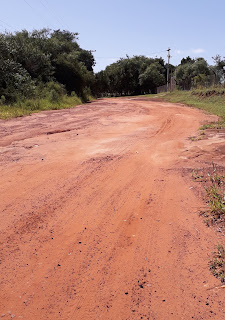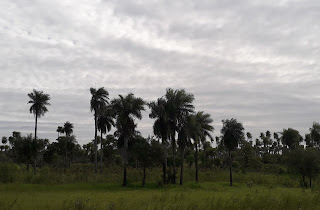Beyond the tarmac

Most of the roads between towns and across the country in Paraguay have now been paved. The same is true of the principal roads around the towns and cities, however it does not take long, even in Asunción to find an alternative road surface. Firstly on those roads concidered not quite important or pricipal enough to receive a coating of black tarmac the suface is often cobbles. These rough uneven stones must be one of the worst surfaces for driving upon. Unless approached slowly and with great caution travelling across them is a truely bone shaking experience. Fortunatly they are on the whole used only as a coating for roads around towns and can normally be exited within a block or two. The laying of cobbles does though make sense for councils as uncomfortable as they may be they are as permanemt as tarmac so not requiring regular repairs. Also these tend to be the roads earmarked for tarmacing as the fully paved network slowly expands. Once beyond the cobbles though things q...













